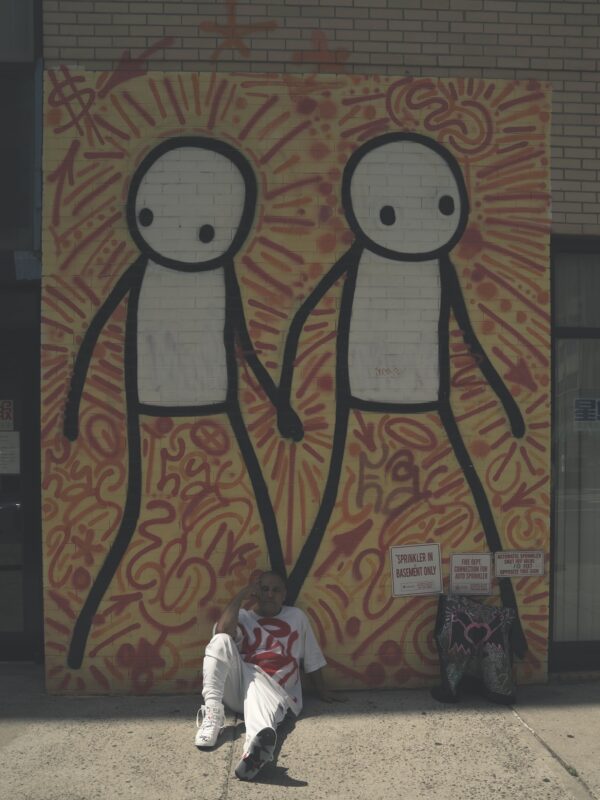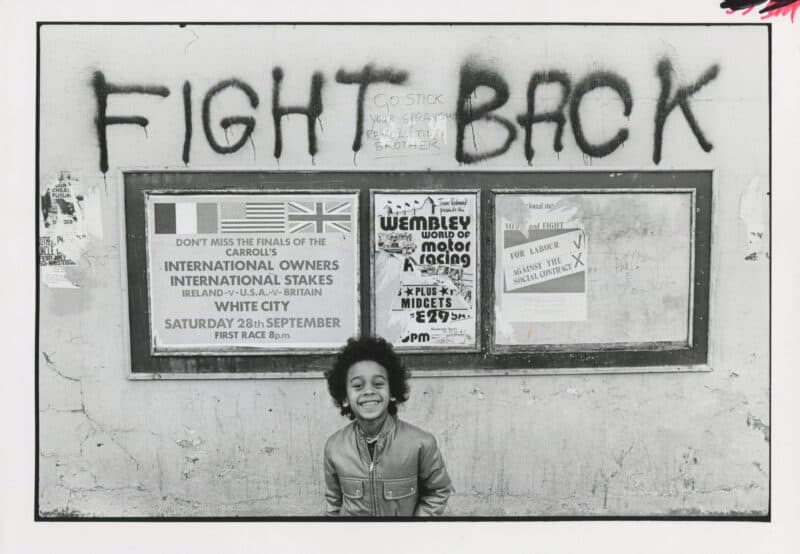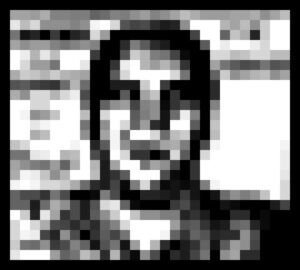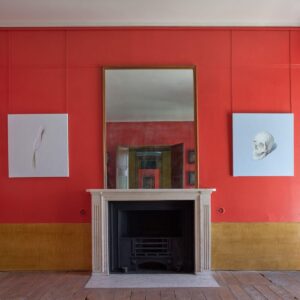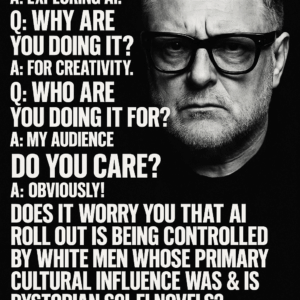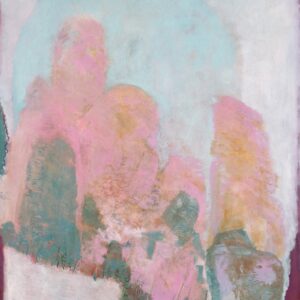
Shepard Fairey’s claim that he had the right to use a news photo to create his famous Barack Obama “HOPE” poster became a widely watched court case about fair use that now appears to have nearly collapsed.
By Friday night, his attorneys — led by Anthony Falzone, executive director of the Fair Use Project at Stanford University —said they intend to withdraw from the case and said the artist had misled them by fabricating information and destroying other material.
Fairey himself admitted that he didn’t use The Associated Press photo of Obama seated next to actor George Clooney he originally said his work was based on — which he claimed would have been covered under “fair use,” the legal claim that copyrighted work can be used without having to pay for it.
Instead he used a picture the news organization has claimed was his source — a solo picture of the future president seemingly closer to the iconic red, white and blue image of Obama, underlined with the caption “HOPE.” Fairey said that he tried to cover up his error by submitting false images and deleting others.
The distinction is critical because fair use can sometimes be determined by how much of an original image or work was altered in the creation of a new work. If Fairey didn’t need to significantly alter the image he used — in this case the solo shot of Obama — then his claim could have been undermined. Fair use cases also may consider the market value of the copyrighted material and the intended use of the newly created work.
“Shepard Fairey has now been forced to admit that he sued the AP under false pretenses by lying about which AP photograph he used,” said AP vice president and general counsel Srinandan R. Kasi. “Mr. Fairey has also now admitted to the AP that he fabricated and attempted to destroy other evidence in an effort to bolster his fair use case and cover up his previous lies and omissions.”
Kasi said Fairey’s admission struck “at the heart” of Fairey’s defense that he was protected by fair use.
Kasi said the AP would continue to pursue its countersuit alleging that Fairey willfully infringed the AP’s copyright. It was not immediately clear from the statements issued and court filings if Fairey would continue with his case, but a person close to Fairey said that the artist would. The person was not authorized to discuss the case and spoke on condition of anonymity.
Falzone said in a statement that the legal team’s decision to withdraw had nothing to do with the “underlying merits” of Fairey’s case.
“We believe as strongly as ever in the fair use and free expression issues at the center of this case, and believe Shepard will prevail on those issues,” Falzone said. “We hope this unfortunate situation does not obscure those issues.”
Laurence Pulgram, an intellectual property lawyer who represented Napster in a copyright fight with the rock band Metallica, said Saturday that Fairey’s case was in trouble.
“This was a brain-dead move by Mr. Fairey, and it could be the turning point. His lawyers will still be able to argue that he made a ‘fair use’ under copyright law, but it’s a whole lot less likely that the court or jury will think that what he did was actually ‘fair’ if he has lied and tried to mislead the entire world about what use he made,” Pulgram said.
Fairey, 39, had claimed he based his “HOPE” drawing on a photo of then-Sen. Obama seated next to Clooney. The photo was taken in April 2006 by Mannie Garcia, on assignment for the AP, at the National Press Club in Washington.
Fairey now says he started with a solo photograph of Obama — taken at the same event, by the same photographer. The AP has long maintained that Fairey used the solo shot for the poster.
Fairey sued the not-for-profit news cooperative in February, arguing that he didn’t violate copyright law because he dramatically changed the image. The AP countersued in March, saying the uncredited, uncompensated use of an AP photo violated copyright laws and signaled a threat to journalism.
Fairey, a Los Angeles-based street artist with a long, often proud history of breaking rules, said in a statement Friday that he was wrong about which photo he used and that he tried to hide his error.
“In an attempt to conceal my mistake, I submitted false images and deleted other images,” said Fairey. “I sincerely apologize for my lapse in judgment, and I take full responsibility for my actions, which were mine alone.”
He said he was taking steps to correct the information and regretted that he didn’t come forward sooner.
In addition to indicating they plan to withdraw from the case, attorneys for Fairey filed papers Friday in federal court in Manhattan stating that he misled them. They also amended the original court documents, reflecting that Fairey used a different picture.
“Mr. Fairey was apparently mistaken about the photograph he used when his original complaint for declaratory relief was filed on February 9, 2009,” the papers say. “After the original complaint was filed, Mr. Fairey realized his mistake. Instead of acknowledging that mistake, Mr. Fairey attempted to delete the electronic files he had used in creating the illustration at issue. He also created, and delivered to his counsel for production, new documents to make it appear as though he had used the Clooney photograph as his reference.”
Although he said he was “very sorry to have hurt and disappointed colleagues, friends, and family,” Fairey said that the real issue was “the right to fair use” so artists can create freely.
“Regardless of which of the two images was used,” he said, “the fair use issue should be the same.”
The dispute between Fairey and the AP has led to a strong debate between artists and free speech advocates defending Fairey and photographers and journalism organizations citing the need for copyright protection.
The “HOPE” image has appeared on countless posters, stickers and buttons. It has appeared in several books and in numerous museums, including a mixed-media stenciled collage version added to the permanent collection of the National Portrait Gallery in Washington.
Fairey also used the AP photograph for an image designed specially for the Obama inaugural committee, which charged anywhere from $100 for a poster to $500 for a poster signed by the artist. It is unclear how much, in total, Fairey may have earned from the design, though he has often said he did not personally profit from it.
Fairey has said that he first designed the image in early 2008, after he was encouraged by the Obama campaign to come up with some kind of artwork.
The AP plans to donate any proceeds received for past use of the photo to the AP Emergency Relief Fund, which assists staffers and their families around the world who are victims of natural disasters and conflicts.
In February 2009, Fairey was arrested when he went to Boston for an event kicking off his solo exhibit at the Institute of Contemporary Art, among the most popular in the museum’s more than 70-year history.
He faced dozens of vandalism charges, but nearly all were dropped. He pleaded guilty to three misdemeanor charges last summer and was sentenced to two years probation.
Copyright 2009 The Associated Press.

